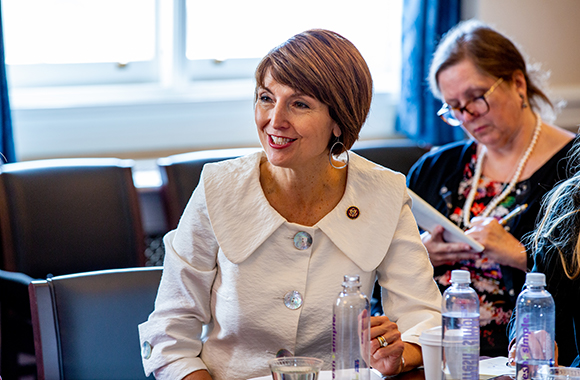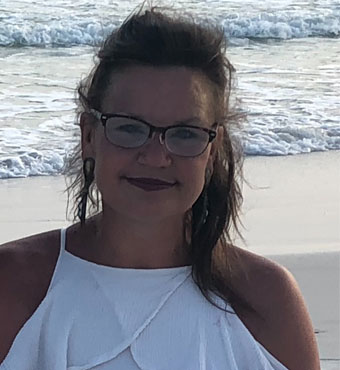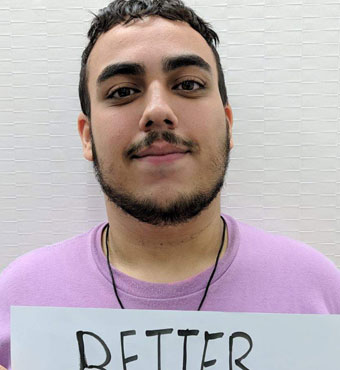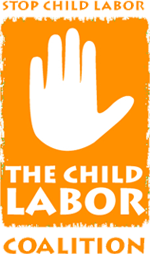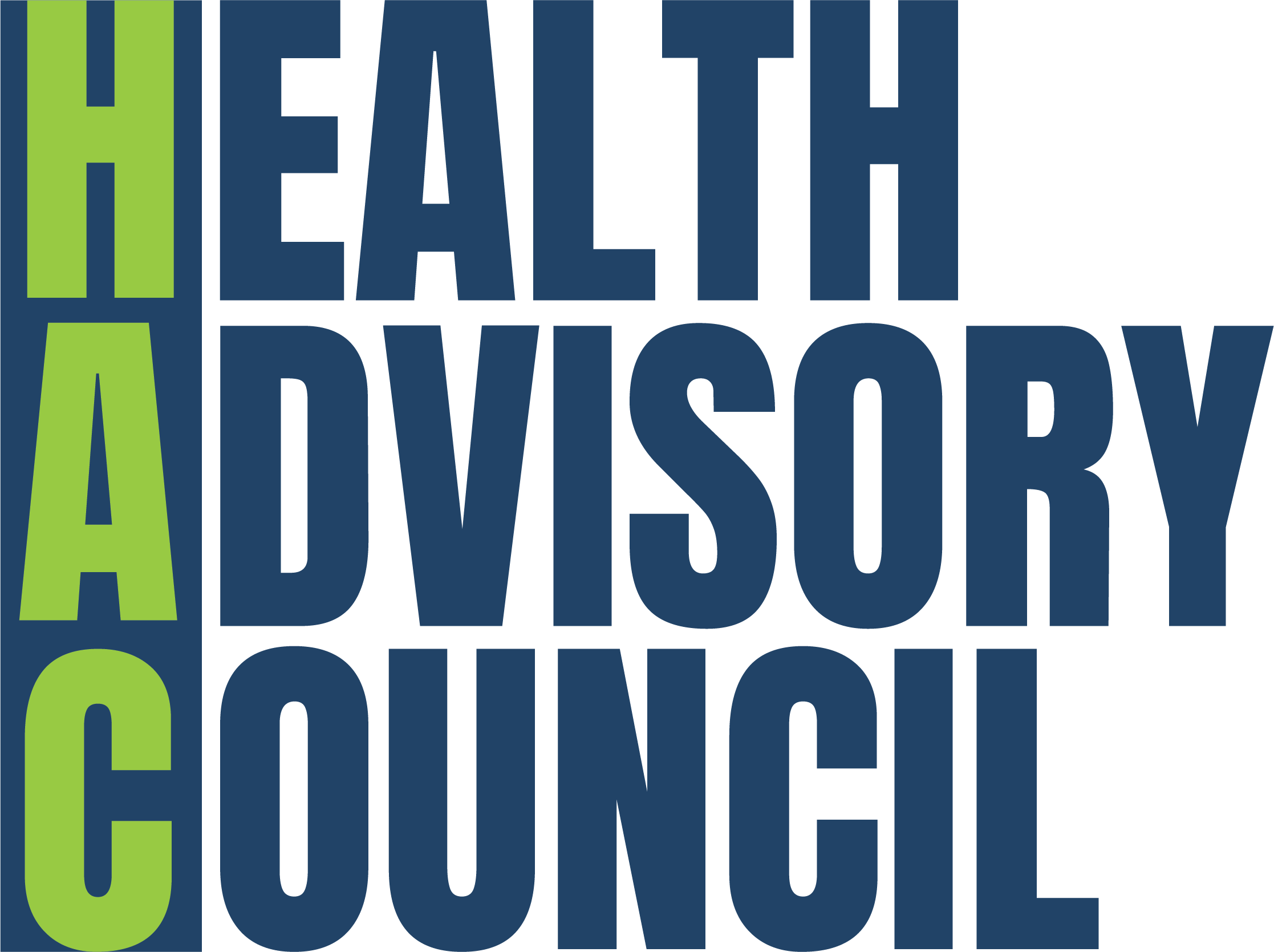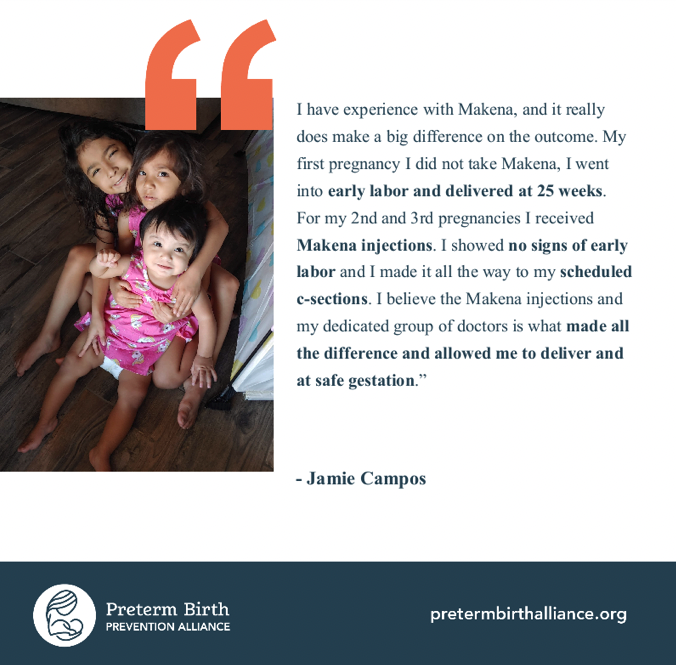Oct. 7, 2020
Removing FDA-approved 17P could put countless pregnancies at risk even as COVID-19 adds new barriers for mothers with a history of spontaneous preterm birth
Media contact: National Consumers League – Carol McKay, carolm@nclnet.org, (412) 945-3242 or Taun Sterling, tauns@nclnet.org, (202) 207-2832
Washington, DC—The National Consumers League is urging the U.S. Food and Drug Administration (FDA) to protect patient access to the only approved treatment to reduce the risk of preterm birth in women with a history of spontaneous preterm birth, following this week’s proposal that all approved treatment options be withdrawn. We maintain that it is not in the best interests of patients, nor their healthcare providers, to deprive pregnant women of access—especially as there are no other approved treatment options—without considering alternative methods to better understand which patients benefit the most from 17P.
Hydroxyprogesterone caproate or “17P” has been the only available FDA-approved treatment option for nearly a decade to reduce the risk of recurrent preterm birth. Patients and the healthcare providers who serve them currently have access to one branded and five generic versions of the prescription product.
Since last year, the FDA has considered whether to remove FDA-approved formulations of 17P due to conflicting data from two clinical trials with notably different patient populations: one of which included a majority of African American women (59 percent) from the United States, and another where African American women represented 7 percent of a predominantly international patient population.
Despite the strengths of the original clinical trial and experiences of thousands of women to whom 17P was administered over the past decade, the strong safety profile of 17P, and the fact that 15 leading patient advocates and providers urged them to carefully consider all of the data and recognize the needs of women of color, the Center for Drug Evaluation and Research (CDER) within the FDA recently proposed that approval for all versions of 17P (branded, generics, and compounded for this indication) be withdrawn from the market.
CDER made this recommendation without meeting with advocates or providers who have personal experience of the positive impact 17P can have on the lives of mothers and babies at risk of being born prematurely.
We strongly urge CDER and the FDA to commit to a transparent and patient-centered process before making a decision about the fate of this vital treatment. Removal of 17P from the market would leave at-risk pregnant women and their providers without a recommended standard of care, and in the interim, extends a period of uncertainty that has already lasted too long.
Appreciating the importance of continued access to FDA-approved treatment options for at-risk pregnant women, including those that reduce their risk of early delivery, several months ago, we led a joint effort to urge the FDA to maintain and protect patient access to 17P. An array of leading consumer, women’s health, and maternal health organizations and thought-leading healthcare providers joined our efforts, together expressing serious concerns that a regulatory decision could be based on a single study that was largely conducted outside of the U.S., in a predominantly white population of women.
In our outreach to the FDA, we urged the agency to consider alternative ways to further evaluate and define the patient populations that most benefit from 17P, without depriving women of access. We regret to state that the agency did not respond to our letter, nor two separate requests to meet with stakeholders who have stood ready to discuss these concerns for months.
Moreover, the company that makes the branded version of 17P *reported that it submitted a proposal to the FDA earlier this year with a plan to generate additional data and predictors of benefit in women with a history of recurrent preterm birth. Despite the company’s effort to proactively initiate the first part of a retrospective study, it has indicated that it was not provided an opportunity to discuss this research with the agency before its recent response.
While we recognize there is no single solution that will improve maternal and infant health outcomes, only one proven intervention exists to help pregnant women prevent recurrent preterm birth. Especially during this pandemic, pregnant women and their unborn babies are under extreme stress, yet providers have few therapeutic options to help at-risk mothers. There may be an increased risk of preterm birth and pregnancy loss among pregnant women with COVID-19, and even under normal circumstances, preterm birth places mothers and babies at significant risk—particularly among pregnant women of color.
Access to FDA-approved treatment options should not be compromised without substantial evidence that there is a lack of benefit in the appropriate population—which we don’t believe we have today. Instead, it is our belief that findings from a study where the majority of participants resided outside the U.S. in countries with different health systems and different rates of preterm birth shouldn’t be generalized and that it is reasonable to pursue real-world data sources to help us better understand the overall benefits in a patient population where there are no other options.
We believe it is possible for the FDA to continue to uphold its strong history of regulatory integrity while listening to perspectives from patient advocates and providers that are rooted in years of clinical use. What we can’t believe is the alternative, which leaves providers and pregnant women without a path forward in the middle of a pandemic.
*Links are no longer active as the original sources have removed the content, sometimes due to federal website changes or restructurings
###
About the National Consumers League (NCL)
The National Consumers League, founded in 1899, is America’s pioneer consumer organization. Our mission is to protect and promote social and economic justice for consumers and workers in the United States and abroad. For more information, visit www.nclnet.org.

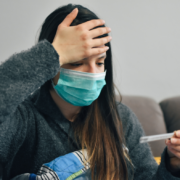


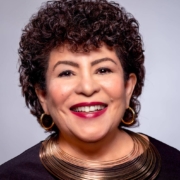
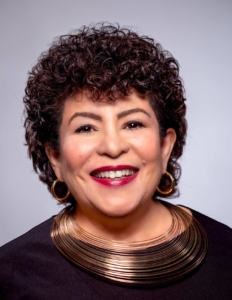 Hispanic Heritage Month: Focus on the importance of participating in research through clinical trials
Hispanic Heritage Month: Focus on the importance of participating in research through clinical trials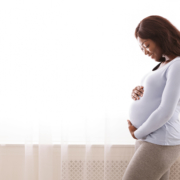
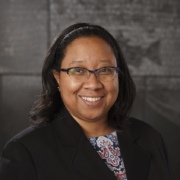
 By NCL Executive Assistant Adrienne Archer
By NCL Executive Assistant Adrienne Archer
 By NCL Director of Health Policy Jeanette Contreras
By NCL Director of Health Policy Jeanette Contreras